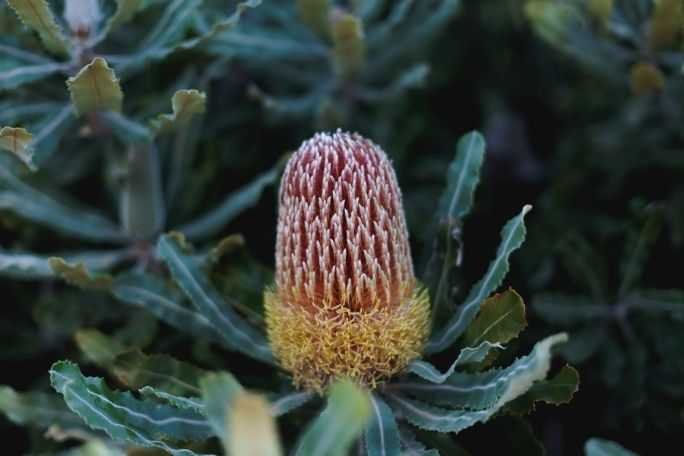Lesson summary
In this activity, you will take your students for a walk around your school to visit trees and smaller plants in the schoolyard. Direct students’ observations when looking at different plant species and their structures. Photograph plant structures and collect leaves.
Safety: Confirm that your students understand they are not to climb anything to obtain photos or samples. If it is out of normal reach, it can’t be photographed or sampled
Learning intentions:
Students will...
- understand that species of plants can be separated using the plant’s different structures and growth patterns
- recognise diverse plant structures such as leaf shapes, flowers and bark.
Lesson guides and printables
Curriculum links
Select your curriculum from the options below.
Lesson details
Curriculum mapping
Australian Curriculum content descriptions:
Year 3 Science:
- Living things can be grouped on the basis of observable features and can be distinguished from non-living things (ACSSU044)
- Safely use appropriate materials, tools or equipment to make and record observations, using formal measurements and digital technologies as appropriate (ACSIS055)
Year 3 Mathematics:
- Identify symmetry in the environment (ACMMG066)
Year 4 Science:
- Living things, including plants and animals, depend on each other and the environment to survive (ACSSU073)
- Safely use appropriate materials, tools or equipment to make and record observations, using formal measurements and digital technologies as appropriate (ACSIS066)
Year 4 Mathematics:
- Compare objects using familiar metric units of area and volume (ACMMG290)
Syllabus Outcomes: ST2-4WS, ST2-10LW, MA2-10MG, MA2-11MG, MA2-15MG, MA2‑1WM, MA2‑2WM, MA2‑3WM
General capabilities: Critical and creative thinking.
Cross-curriculum priority: Sustainability OI.2.
Resources required
- Computers and digital cameras or tablets with built-in cameras
- Student Worksheet – one copy per student OR
- computers/tablets to access the online worksheet. Tree walking observation prompt sheet.
Additional info
This is an original Cool.org lesson. Facts and figures in these lessons may have changed since this lesson was published. We always endeavour to update our resources in a timely manner, but if you see an error or issue in our resources please get in touch with us.


Welcome back!
Don't have an account yet?
Log in with:
Create your free Cool.org account.
Many of our resources are free, with an option to upgrade to Cool+ for premium content.
Already have an account?
Sign up with:
By signing up you accept Cool.org's Terms and Conditions(Opens in new tab) and Privacy Policy(Opens in new tab).